In our busy lives, we often overlook the fascinating behaviors of the birds that share our neighborhoods and parks. These feathered neighbors, which we might dismiss with a casual glance, actually lead complex lives filled with surprising habits and remarkable adaptations. From sophisticated communication systems to unexpected feeding techniques, common birds exhibit behaviors that would astonish most casual observers. This article explores five familiar birds whose everyday activities conceal extraordinary abilities and customs that typically escape our notice. By understanding these overlooked avian behaviors, we gain a deeper appreciation for the natural world that exists alongside our human one.
The American Robin’s Secret Nightlife
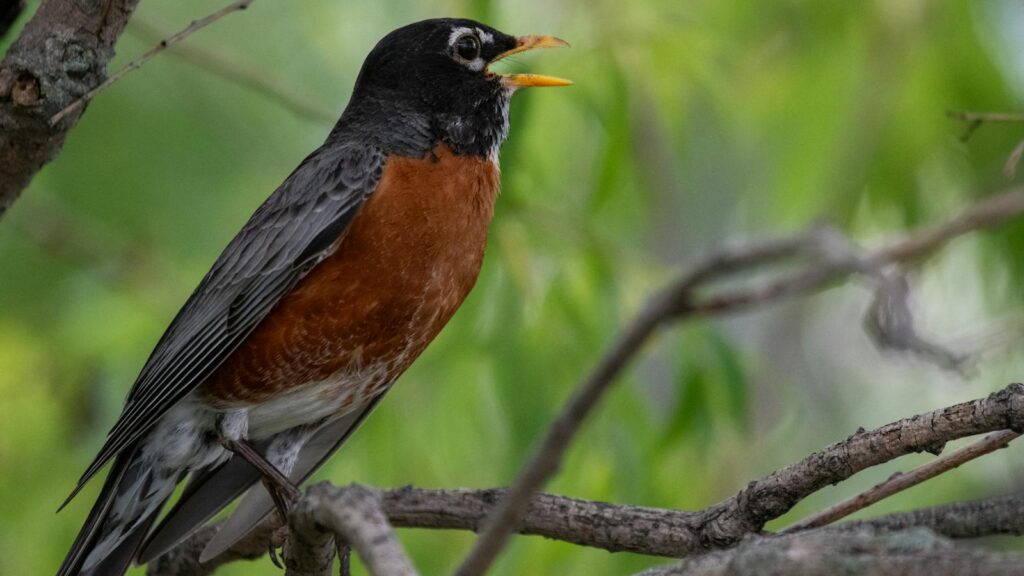
While robins are familiar as the early birds catching worms on suburban lawns, their nocturnal activities remain largely unobserved by humans. During breeding season, male American robins often sing throughout the night, particularly in areas with artificial lighting that disrupts their natural light-dark cycles. This nighttime singing, which can begin as early as 2:30 AM, serves to establish territory and attract mates when there’s less competition from other bird species. Even more surprising is their communal roosting behavior, where during non-breeding months, hundreds or even thousands of robins gather together in trees for nighttime protection, creating spectacular but rarely witnessed assemblies. These roosting sites can remain consistent for years, with generations of robins returning to the same locations in a tradition invisible to most humans.
House Sparrows: The Bathing Enthusiasts
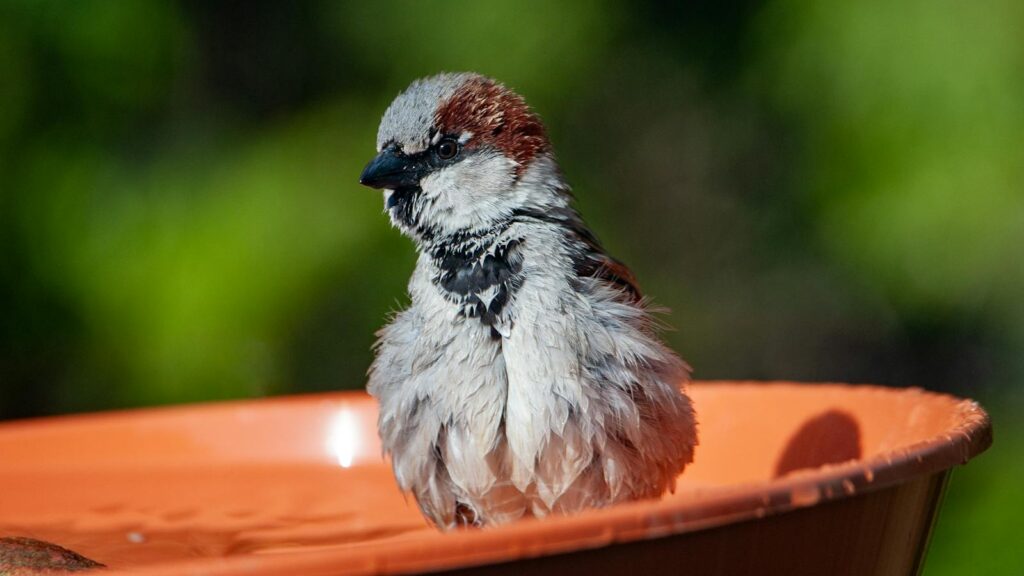
House sparrows engage in bathing rituals that go far beyond simple cleanliness maintenance. These ubiquitous birds perform dust baths with remarkable frequency and enthusiasm, creating small divots in dry soil where they vigorously flutter and roll to rid themselves of parasites. This behavior, which appears almost joyful to human observers, actually serves critical health functions by suffocating tiny mites and removing excess oil from their feathers. Even more intriguing is their adaptation to urban environments, where sparrows have been documented using cigarette butts in their nests, as the nicotine acts as a natural parasite repellent. During winter months, these resourceful birds will even create communal dust bathing sites in protected areas, taking turns to maintain their feathers even when water sources are frozen.
European Starlings’ Remarkable Mimicry Abilities
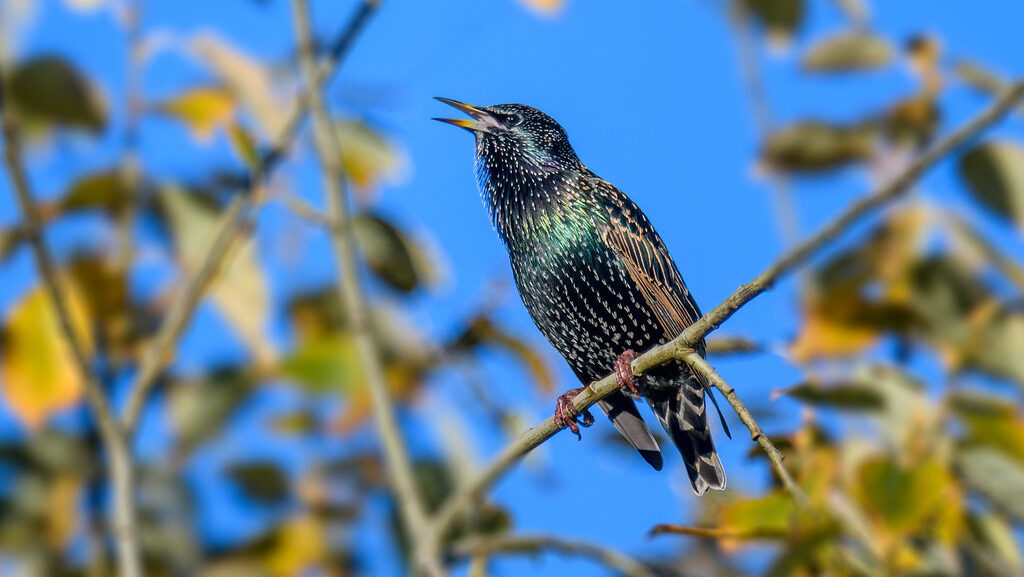
The European starling, often dismissed as a noisy nuisance, possesses vocal abilities that rival professional impersonators. These birds can mimic an astonishing range of sounds with remarkable accuracy, from other bird calls to mechanical noises like car alarms, phone ringtones, and even human speech. A single starling can incorporate up to 20 different songs and calls from other species into its repertoire, creating complex mashups that serve to attract mates and establish territory. Even more fascinating is their ability to learn new sounds throughout their lives, with captive starlings demonstrating the capacity to mimic dozens of words and phrases with correct intonation. Research suggests that female starlings find males with more diverse vocal repertoires more attractive, indicating that this mimicry serves as a demonstration of cognitive fitness rather than simple imitation.
The Hidden Intelligence of Crows
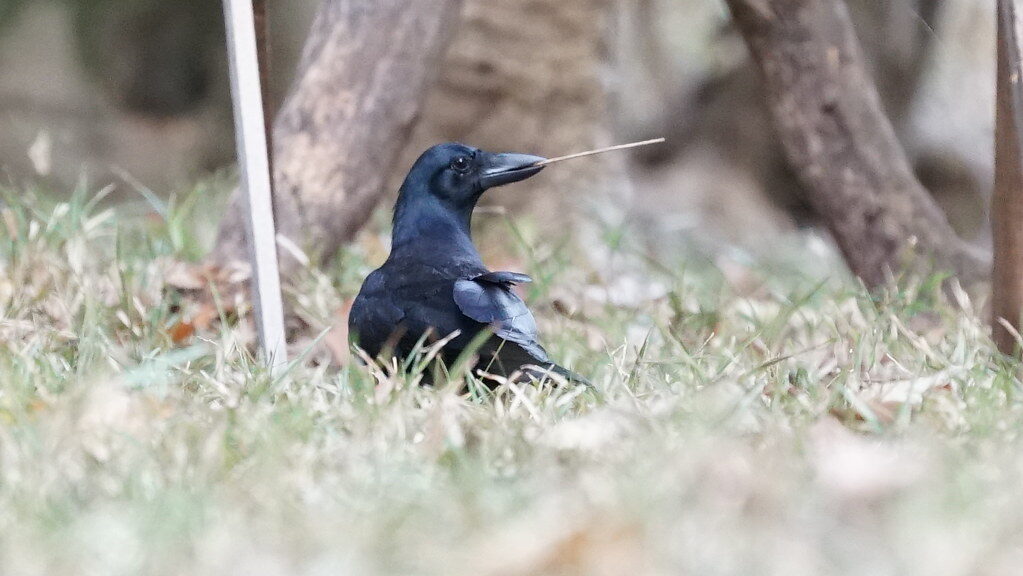
Crows, despite being common fixtures in urban and rural landscapes alike, conceal intellectual capabilities that rival those of great apes. These corvids can fashion tools from materials in their environment, crafting hooks from twigs and wire to retrieve food from difficult locations. Even more remarkably, crows possess the ability to recognize and remember human faces for years, distinguishing between people who have threatened them and those who have offered food. This facial recognition extends to communication within crow communities, where they appear to inform other crows about potentially dangerous individuals through specific vocalizations. Perhaps most astonishing is their capacity for delayed gratification – studies have shown crows can forego an immediate small reward in favor of waiting for a larger one later, demonstrating planning abilities previously thought unique to primates and humans.
Mourning Doves and Their Mysterious Crop Milk
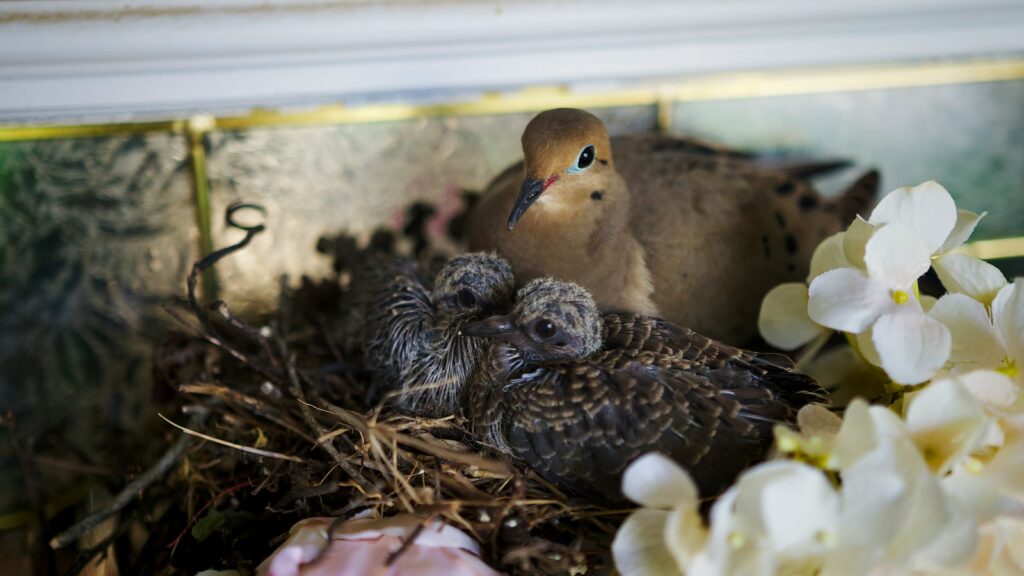
The gentle mourning dove, known for its soothing cooing, produces a substance called “crop milk” that few observers ever witness. Unlike mammalian milk, this secretion comes from the lining of the bird’s crop (a food storage organ in the throat) and contains protein, fat, and antibodies crucial for nestling development. What makes this behavior particularly unusual is that both male and female doves produce this nutritious substance, taking turns feeding their young through a process that resembles mammalian nursing. The production of crop milk is triggered by prolactin, the same hormone responsible for milk production in mammals, representing a fascinating case of convergent evolution. During the first days of a nestling’s life, parent doves feed exclusively on this crop milk, gradually transitioning to regurgitated seeds as the young birds develop.
The American Robin’s Earthquake Detection
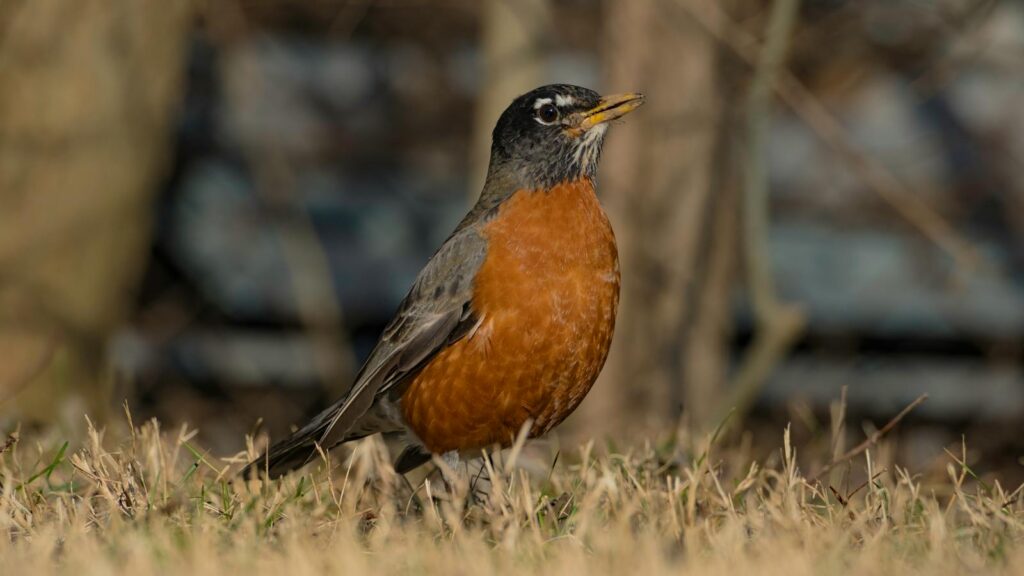
American robins possess a little-known ability to detect seismic activity before it becomes apparent to humans. Observers have documented cases where robins and other birds become noticeably agitated and take flight en masse minutes before an earthquake is felt by people. Scientists believe this sensitivity stems from their ability to detect infrasound—low-frequency sound waves that travel through the ground prior to an earthquake that are below human hearing thresholds. This remarkable adaptation likely evolved as a survival mechanism, allowing birds to escape potential danger from falling trees or collapsing structures. Some researchers suggest that robins may also be sensitive to subtle changes in the Earth’s magnetic field that occur before seismic events, though this theory requires further investigation to confirm.
House Sparrows’ Complex Social Hierarchies
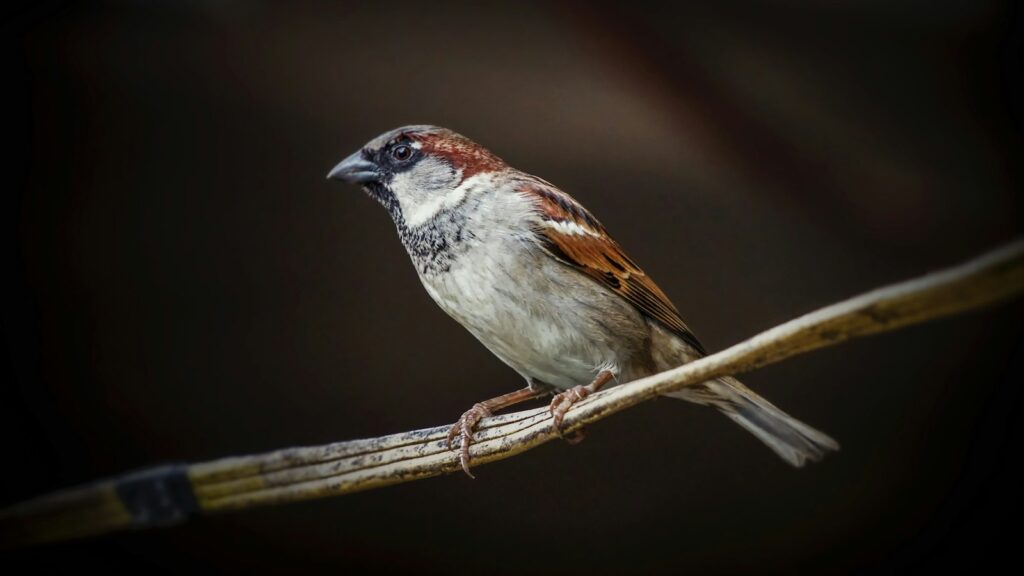
The humble house sparrow maintains an intricate social structure that most humans never notice despite these birds living in close proximity to our homes. Within sparrow flocks, individuals establish and maintain strict hierarchies that determine access to food, nesting sites, and potential mates. These hierarchies aren’t simply based on size or strength but involve complex interactions where recognition of individuals and memory of past encounters play crucial roles. Particularly fascinating is how sparrows use their distinctive black throat patches (called bibs) as status signals, with larger bibs generally indicating higher social rank within the community. Researchers have observed that when a high-ranking sparrow dies or disappears, the resulting power vacuum can trigger days of increased aggression and display behaviors as the social order recalibrates itself.
The Secret Night Migration of Starlings
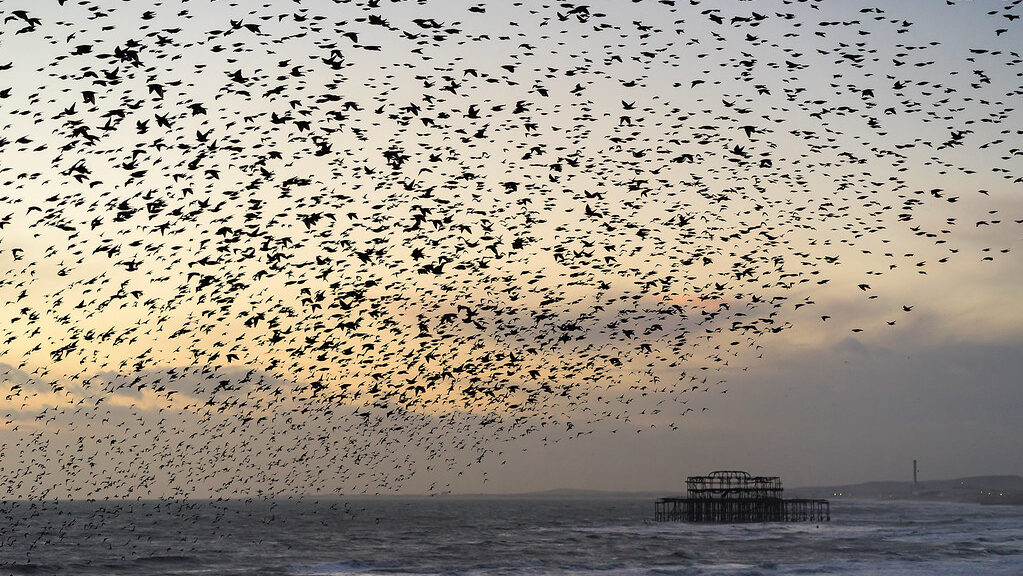
While European starlings are famous for their spectacular daytime murmurations, few people realize these birds conduct most of their long-distance migrations under cover of darkness. Flying at night offers several advantages: cooler temperatures reduce the risk of overheating during strenuous flight, predators like hawks are less active, and the stars provide consistent navigational cues. During these nocturnal journeys, starlings can maintain an impressive speed of 60-80 kilometers per hour and may fly continuously for up to 200 kilometers before stopping to rest. Even more remarkable is their ability to sleep while flying, with researchers discovering that starlings can enter a state of unihemispheric sleep where one brain hemisphere remains alert while the other rests. This allows the birds to navigate safely while still obtaining the necessary sleep during long migratory flights.
Crows’ Elaborate Funeral Rituals
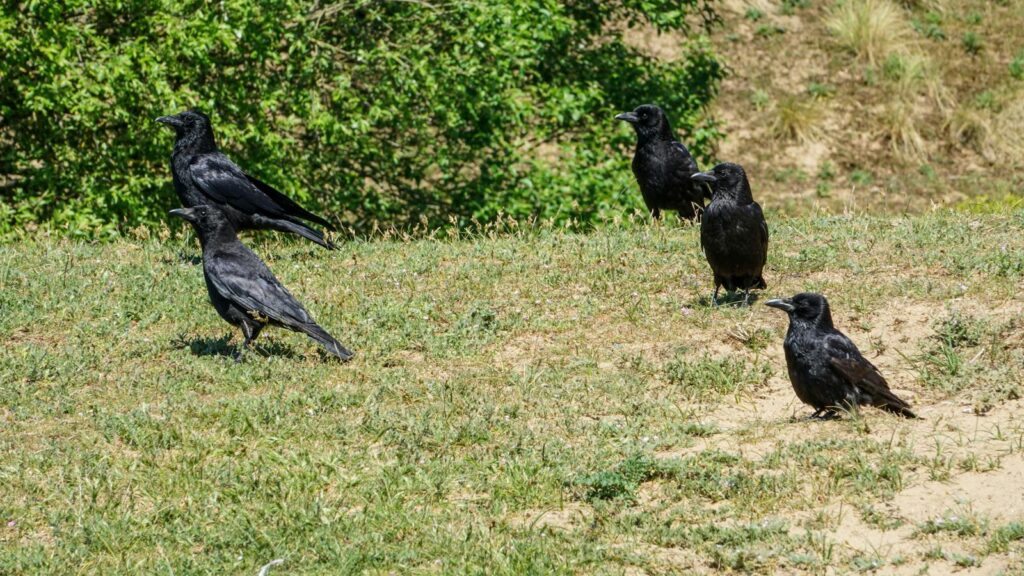
When a crow dies, its companions engage in behaviors that strongly resemble funeral rites, a phenomenon rarely witnessed by casual observers. Upon discovering a dead crow, others will gather around the body, calling loudly in what appears to be an alarm or distress pattern distinct from their regular vocalizations. This gathering can last for up to 30 minutes, with some crows approaching the deceased while others maintain a respectful distance. Most intriguing is the fact that crows will avoid areas where they’ve encountered dead crows for several days or even weeks afterward, suggesting these rituals serve as both a warning system and a form of risk assessment. Researchers believe these behaviors help crow communities identify potential dangers in their environment while reinforcing social bonds among the survivors.
Mourning Doves’ Water-Sipping Technique
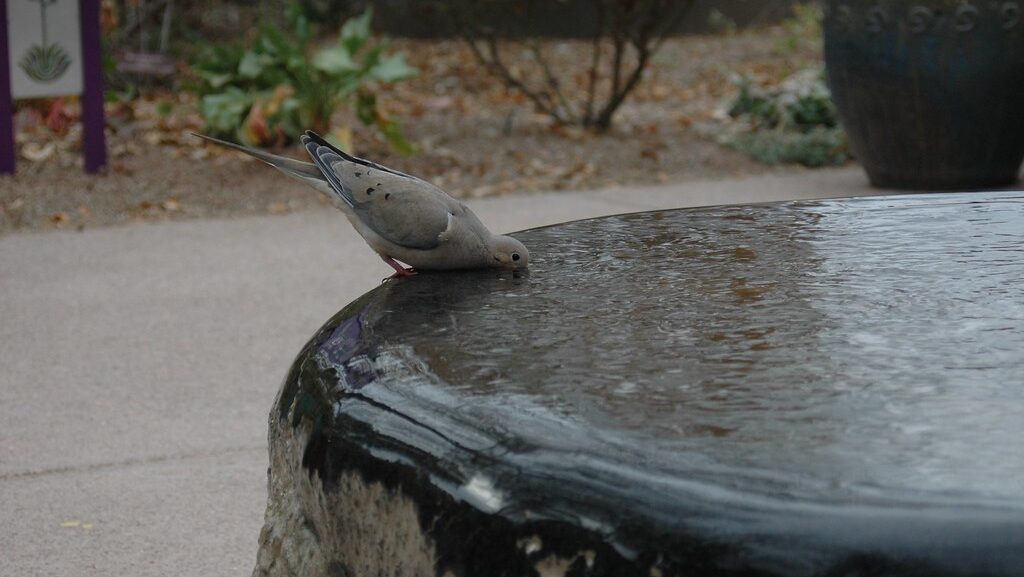
Unlike most birds that scoop water and then tilt their heads back to swallow, mourning doves employ a unique drinking method that goes unnoticed by most observers. These gentle birds immerse their bills in water and use them like straws, creating suction to draw liquid directly into their throats without needing to raise their heads. This specialized technique allows mourning doves to drink more efficiently and quickly, minimizing their vulnerability at water sources where predators often target birds. This adaptation is particularly valuable since mourning doves need to drink daily and often travel significant distances to find water in arid environments. Their ability to consume water rapidly—often drinking their full daily requirement in under 20 seconds—represents an evolutionary advantage that helps explain their successful colonization of diverse habitats across North America.
The Seasonal Brain Changes of Black-Capped Chickadees
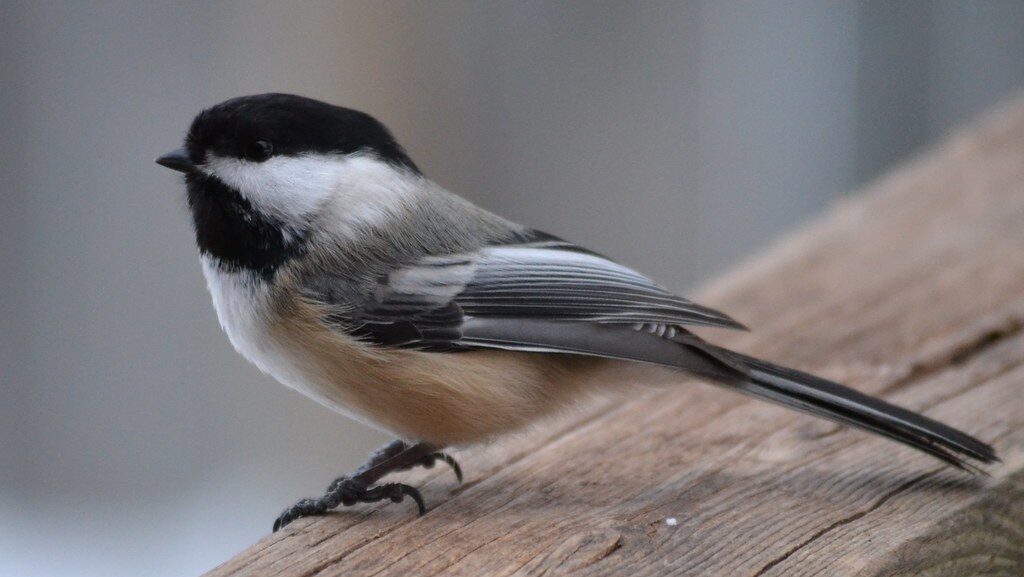
The familiar black-capped chickadee, a year-round resident in northern regions, undergoes remarkable physical brain changes with the seasons that remain invisible to human observers. As autumn approaches, specific regions of the chickadee’s brain responsible for spatial memory actually increase in size by up to 30 percent, allowing these tiny birds to remember the locations of thousands of food caches they create for winter survival. This physical brain growth, which involves the creation of new neurons rather than simply enlarging existing ones, represents one of the most dramatic examples of seasonal brain plasticity in the vertebrate world. Even more fascinating is that this process reverses in spring when food becomes more readily available, with the hippocampal region shrinking back to its normal size in a remarkable example of the brain adapting its resources to meet environmental challenges.
How to Observe These Hidden Behaviors

Witnessing these remarkable bird behaviors requires patience and some basic observation techniques accessible to anyone. Early morning provides the best viewing opportunities, particularly the first two hours after sunrise when birds are most active and engaged in feeding and social behaviors. Creating a simple journal to record observations helps develop pattern recognition skills, allowing you to notice subtle behaviors that might otherwise go unnoticed. Using binoculars, even inexpensive ones, dramatically improves your ability to observe details without disturbing natural behaviors. Perhaps most important is learning to remain still and quiet for extended periods, as birds will resume their natural activities once they no longer perceive you as a threat. Developing these observation skills not only reveals the hidden lives of common birds but also fosters a deeper connection with the natural world that exists just beyond our usual awareness.
Conclusion
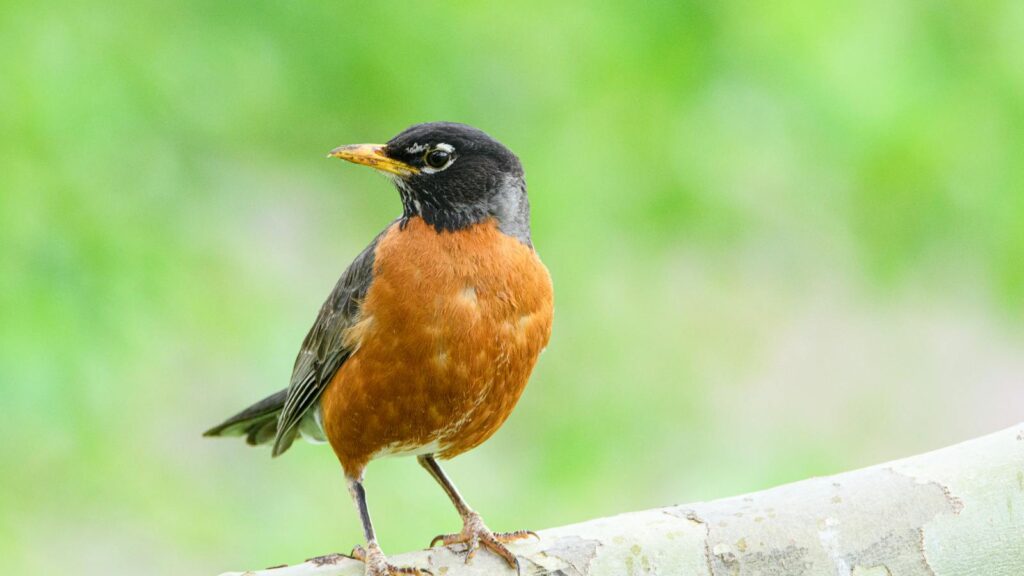
The ordinary birds we encounter daily harbor extraordinary secrets that reward careful observation. From the nocturnal singing of robins to the remarkable brain plasticity of chickadees, these common species demonstrate nature’s ingenuity operating right before our eyes. By taking time to notice and appreciate these adaptations, we gain not only scientific knowledge but also a richer understanding of the complex ecological communities we inhabit. Perhaps most importantly, recognizing the remarkable in the seemingly ordinary reminds us that wonder doesn’t require exotic locations—it exists in our own backyards, parks, and neighborhoods, waiting only for our attentive gaze.
